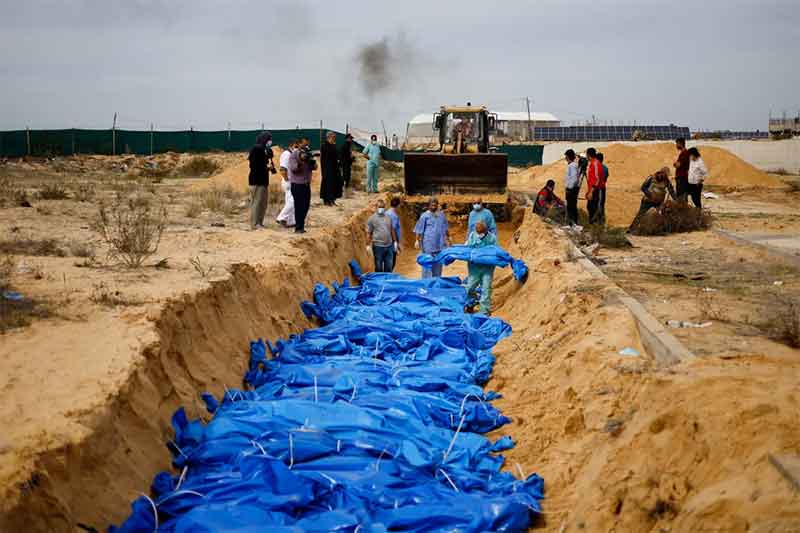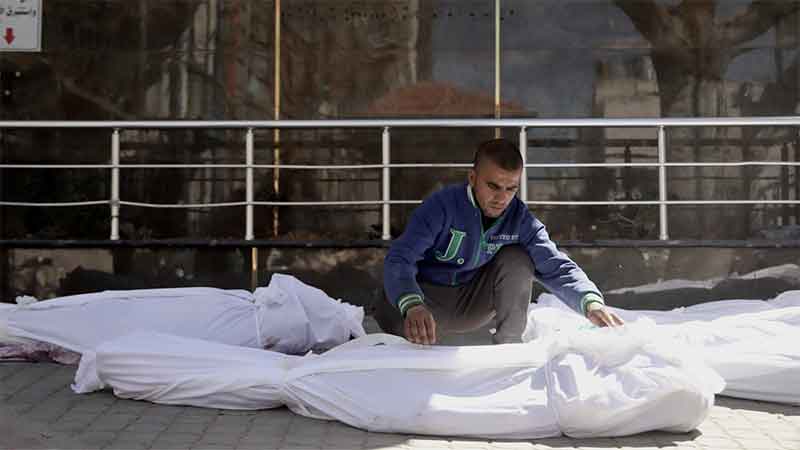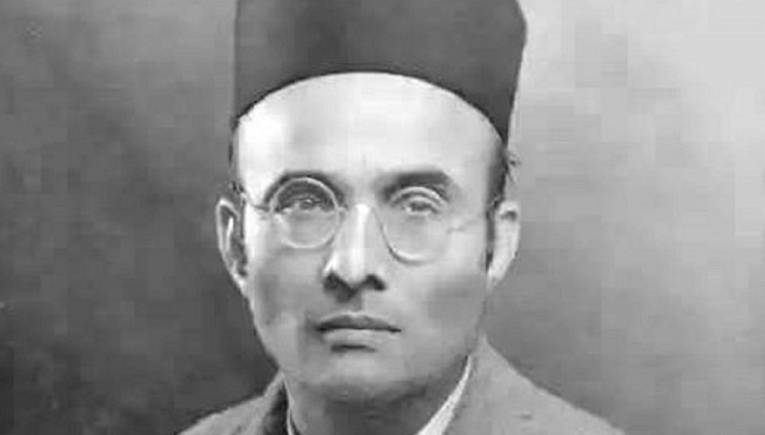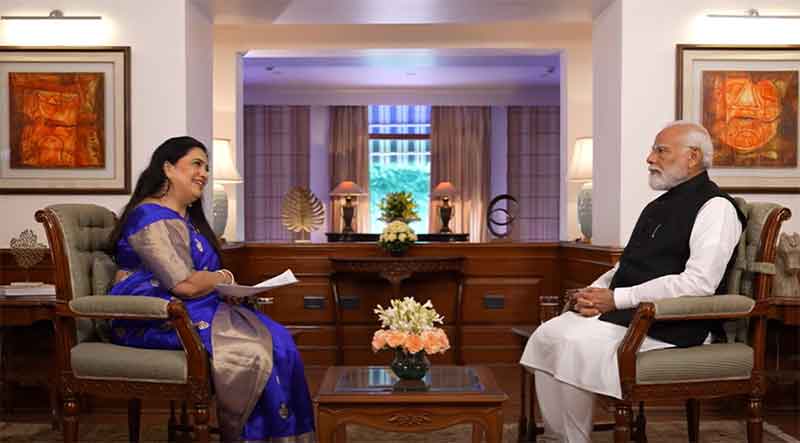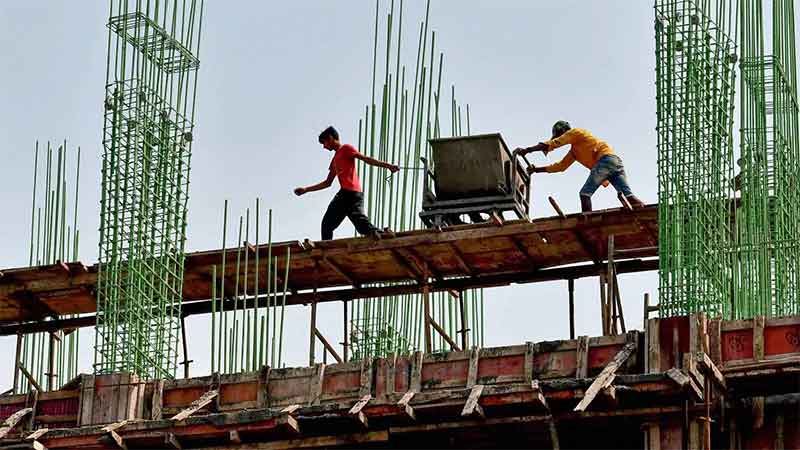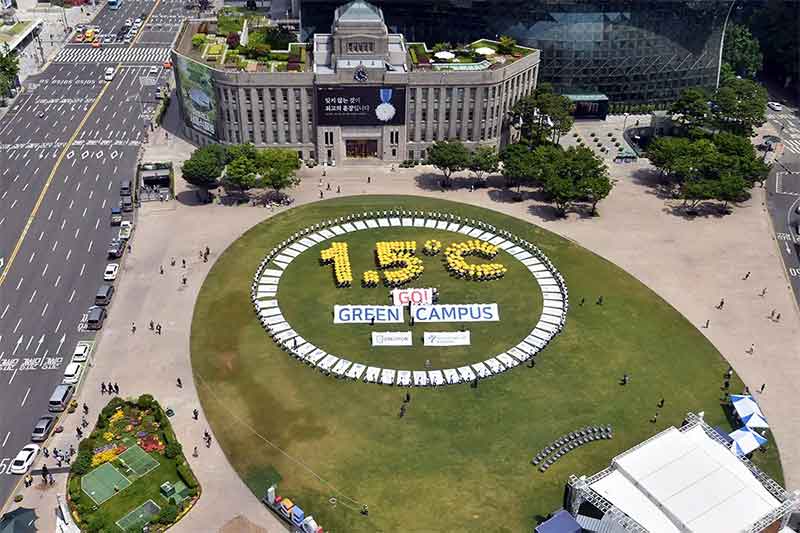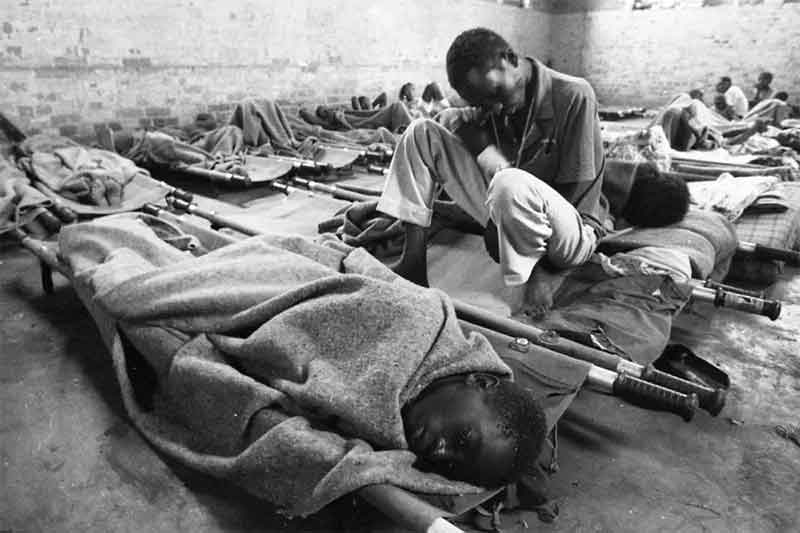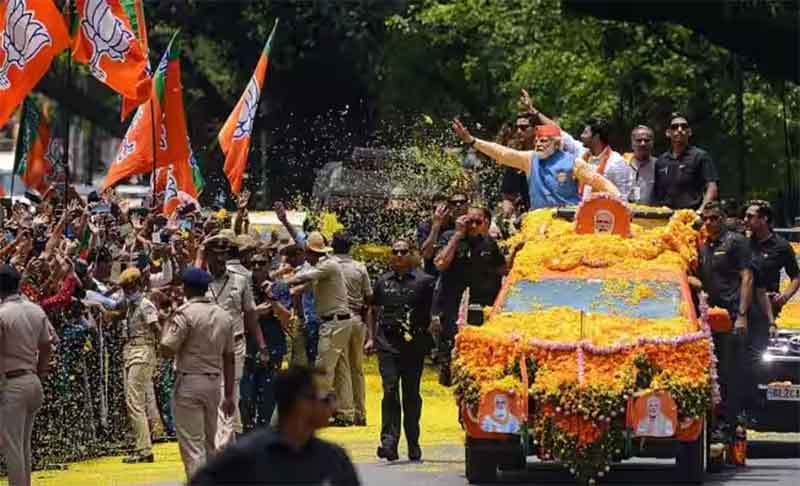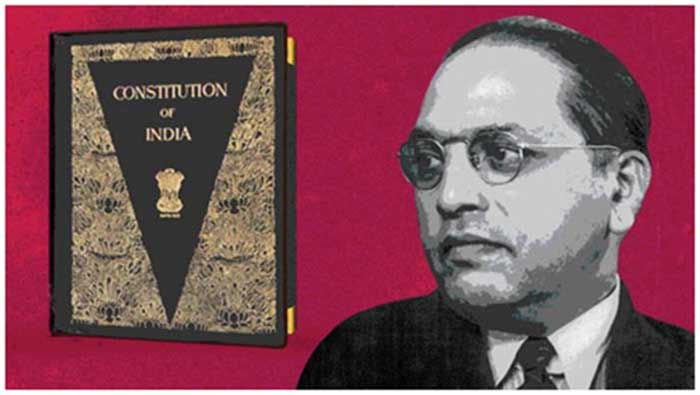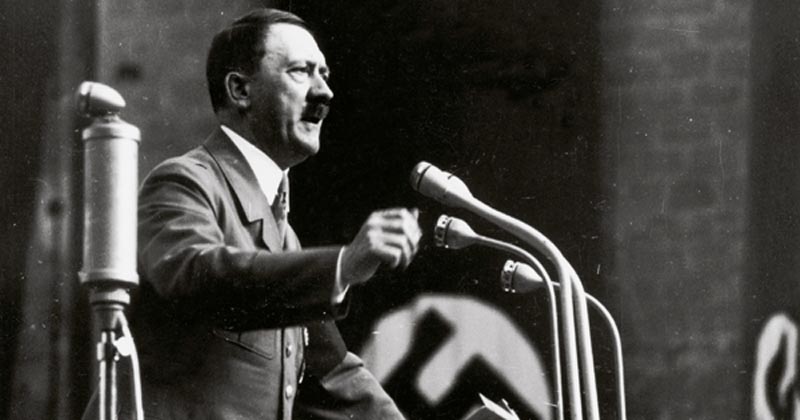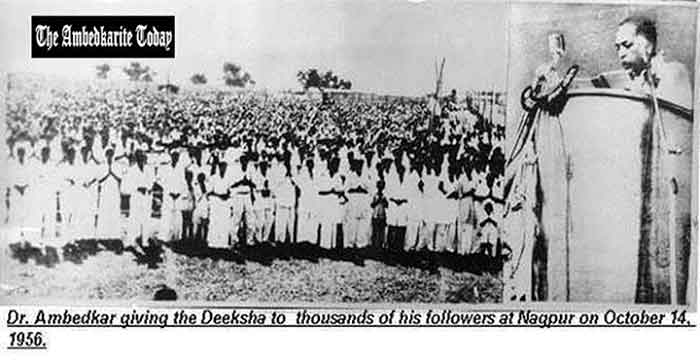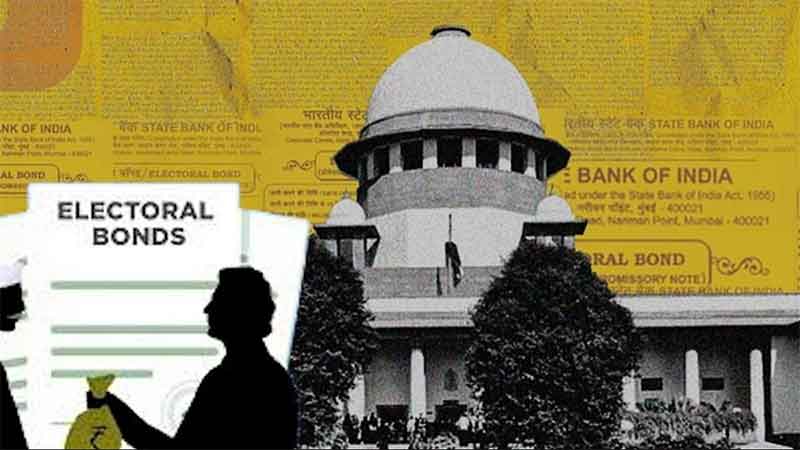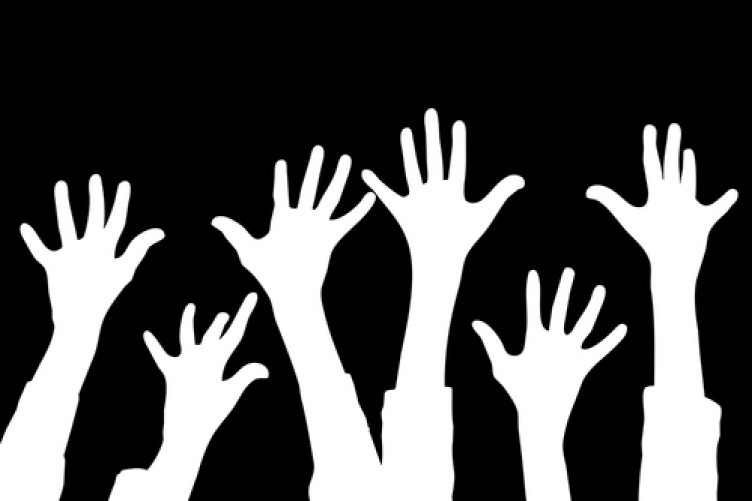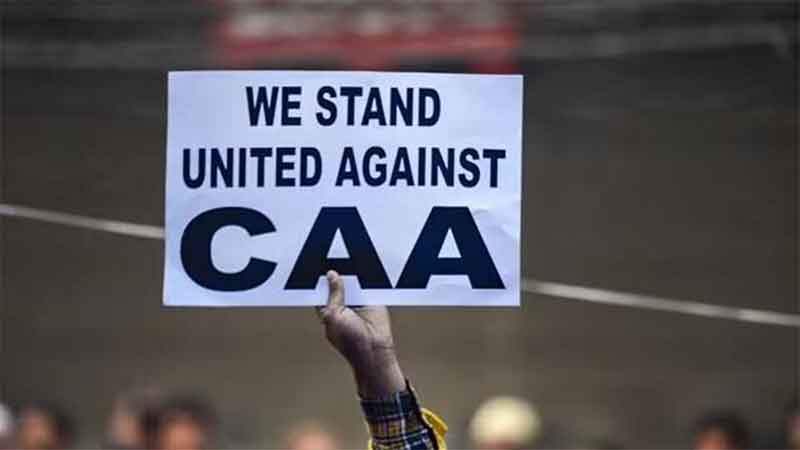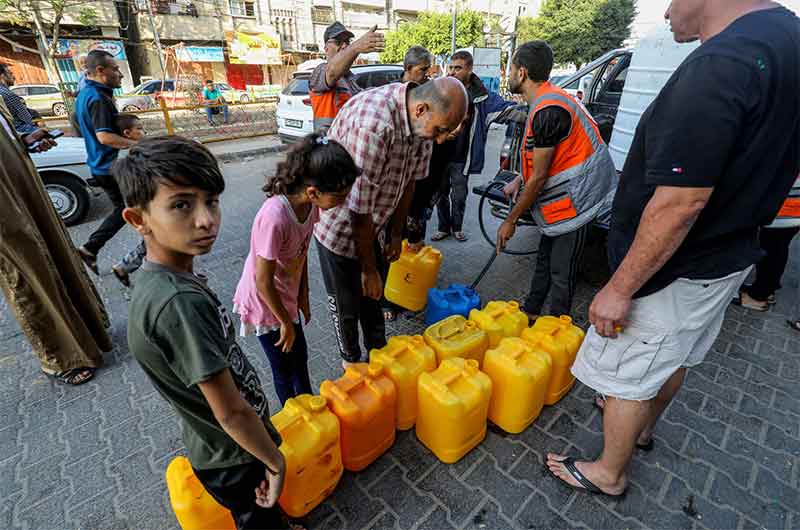
How many of you can even imagine living 24×7 under the same roof as your abuser with the constant fear of what he (in rare cases she) might do next to hurt you? How would it feel when coughing results in merciless beating or throwing you out of the house on suspicion of COVID symptoms or your partner constantly meting out verbal abuses for no reason or starving you or not letting you use the toilet? Home isolation, however crucial to the fight against the pandemic, is giving still more power to the abuser. It has also shattered support networks, making it far more difficult for victims to get help or escape.
Across the world, a surge in incidents of domestic violence are being reported since the lock down. From Brazil to Germany, Italy to China, activists and survivors are already seeing an steep rise in abuse (Graham- Harrison et al., 2020). In India the National Commission for Women (NCW), which receives complaints of domestic violence from across the country, has recorded more than twofold rise in gender-based violence in the lockdown period (The Economic Times, 17/4/2020). UN Women Executive Director Phumzile Mlambo-Nguka has called rise in violence against women and girls a ‘shadow’ pandemic (UN women.org, 6/4/2020).
Several studies indicate a positive relationship between exposure to extreme events and rates of interpersonal violence (Jeltsen, 2020). During such events, domestic violence often increases as as the perpetrators have more access to their families and can get away easily as support services break down. There may not be physical violence in every abusive relationship, but other common modes of abuse include isolation from friends, family; constant surveillance; strict rules for behaviour; and restrictions on access to basic necessities as food, and sanitary facilities (ibid.). Though isolation is one of the effective ways to contain the current epidemic it may also be a deadly trap for the victims of domestic abuse. Over 92000 SOS calls to The Childline India helpline asking for protection from abuse may be a grim indication that not just women but children are also trapped with their abusers at home. (The Economic Times, 8/4/2020). Swarna Rajagopalan, (personal communication, April 7, 2020) the director of Chennai based Prajnya Trust, warns that incest, rape and child sexual abuse are also likely to be on the rise.
According to Mukund Kirdat (personal communication, 8/4/2020), founding member of a feminist men’s group Purush Uvach in Pune, within our highly patriarchal society, men are often trapped in their mardangi (machismo). Under normal circumstances they get enough opportunities to display it, however during this unprecedented scenario of a lockdown, they may be struggling to cope. Also losing their ‘traditional’ role of breadwinner poses a clear and imminent danger for some of them – especially those employed in the unorganised sector – and women and children seem to be the easy target to vent out these fears and frustrations. Sarubai Waghmare, (personal communication, April 16, 2020) an active member of Kagad Kach Patra Kashtari Panchayat- a waste pickers’ union, reiterates this by her firsthand observation of the families living in her informal settlement in Pune. “When a hungry child asks their mother for food, and she in turn asks her husband to buy some, he resorts to violence as he is now out of work and is ashamed for not being able to provide for his family.” Sangita Thosar, (personal communication, April 16, 2020) Assistant Professor at the Centre for Women’s Studies at Tata Institute of Social Sciences, Mumbai remarks that the absence of domestic help, especially in the middle classes, has increased the workload for women. If they ask the men to help out, sometimes the male ego gets hurt and the result may be mental or physical abuse.
Impacts and extent of domestic violence:
Research suggests that the influence of abuse can persist long after the violence has stopped. The more severe the abuse, the greater its impact on a person’s physical and mental health, and the impact over time of different types and multiple episodes of abuse appears to be cumulative (Heise and Garcia, 2002).
Global estimates published by WHO indicate that about 1 in 3 (35%) women worldwide have experienced either physical and/or sexual intimate partner violence or non-partner sexual violence in their lifetime (WHO,2017). In India where men are perceived to be socially superior and tend to have the right to assert power over women, it is not surprising that cultural norms permitting the use of physical violence as an acceptable way to resolve conflict in a relationship are still prevalent. A culture of silence surrounding domestic violence means that women seldom speak about it unless it reaches unbearable limits. One of the myths about domestic violence is that it is greater among poorer sections. However in reality even rich and middle-class women are not spared from it. The National Family Health Survey (NFHS-4, 2015-16) indicates that 30 percent women in India in the age group of 15-49 have experienced physical violence since the age of 15. About 31 percent of married women have experienced physical, sexual or emotional violence by their spouses.
After a sustained campaign by women’s groups for two decades, the Protection of Women from Domestic Violence Act was finally enacted in 2005.This Act defines domestic violence in line with international law to include physical, emotional/verbal, sexual, and economic violence (Agnes, 2019). Provisions under this Act such as helplines, shelters and legal assistance for battered women are miserably inadequate even at the best of times and it is extremely difficult for women to speak up openly even under the most supportive conditions. With the sudden lockdown, when women find themselves isolated and vulnerable their options to seek help seem virtually none (Deshpande, 2020).
According to Rekha Sharma, the chairperson National Commission for Women, women are not approaching the police because they think that if they take the husband away, the in-laws may torture her. Also they fear that their husband will torture them more once out of the police station and she cannot even move out. With the lockdown the earlier option of going to parents’ is not available. Reaching out to the police is also difficult due to the lockdown (The Economic Times, 8/4/2020).
Curbing domestic violence during lockdown
In view of this surge in cases of domestic violence, António Guterres Secretary General of the United Nations has appealed to all governments to make the prevention and redress of violence against women a key part of their national response plans for COVID-19 and to increase investment in online services and civil society organizations and declare shelters as essential services (UN News, 6/4/2020).
As the abuse cases soared during the first week of lockdown the French government announced that they would pay for hotel rooms for victims of domestic violence and open pop-up counselling centres. In Spain the victims are told to head to drugstores to seek help and say codeword “mask 19” if they cannot talk openly. A prosecutor in Trento, Italy, has ruled that in situations of domestic violence the abuser must leave the family home and not the victim (Graham- Harrison et al., 2020).
The response of the Indian government has been dismal so far. Many women’s organisations have demanded that reaching women in distress needs to be classified as an “essential service.” The administration and law enforcement agencies need to recognise the gravity of the problem and sympathise with women. So far none of the Prime Minister’s addresses to nation or press briefings have raised the issue of domestic violence. Preeti Karmarkar (personal communication, April 9, 2020) of Pune based Nari Samta Manch suggests that the government should add the safety of women to their messages in announcements on the pandemic. Exceptions are full page advertisement by Uttar Pradesh Police Department ‘Suppress corona, not your voice’ (Bose, 2020) and an announcement by Rachakonda Police Commissionerate in Hyderabad that all cases of domestic violence will be taken up at first priority (personal communication, April 16, 2020).
According to Rajgopalan (personal communication, April 7, 2020), creating good, safe shelters and improving helpline services is crucial. At a more individual level, Kirdat (personal communication, April 8, 2020) of Purush Uvach, appeals to men to break their ‘traditional’ image and to get physically involved in household chores which may also help them to channel the anxiety of future uncertainties and fight the temptation to resort to violence at the slightest provocation. In Sarubai’s (personal communication, April 16, 2020) opinion, assured free supply of food grains or reasonable monetary assistance by the State to the needy families who have lost their source of income will ease the burden and help in reducing the violence.
Well-funded and robust support services for domestic violence survivors, including psychological care and economic resources, are crucial. However the interventions cannot be limited only to dealing with abuse. The causes of gender-based and sexual violence must be disrupted by flighting the patriarchal value framework. As has been discussed lock down may escalate already existing incidence of violence, it may also result in new incidences. But we must also remember that such extreme scenarios sometimes lead to reconciliation and rediscovering relationships too.
Girija Godbole is a Post-doctoral Fellow at the Centre for Policy Studies at IIT Bombay. She is also part of British Academy funded study ‘Surviving Violence: Everyday resilience and gender justice in rural-urban India’ in partnership with Queen Mary’s University of London. Email: [email protected]
References
Agnes F. (2019) What Survivors of Domestic Violence Need from Their New Government. Economic and Political Weekly. Vol. 54, Issue No. 17, 27 Apr, 2019
Bose A. (2020) India’s Domestic Abuse Survivors are in Lockdown with their Monsters, But Helplines Are Not Ringing. News 18. April 6, 2020. https://www.news18.com/news/buzz/indias-domestic-abuse-survivors-are-in-lockdown-with-their-monsters-but-the-helplines-are-not-ringing-2563955.html
Bose R. (2020) UP Police Deserves All Praise for Domestic Violence Hotline for Women During COVID-19. New 18, 20/3/2020. https://www.news18.com/news/buzz/up-police-deserves-all-the-praise-for-domestic-violence-hotline-for-women-at-the-time-of-coronavirus-2544091.html
Business Today (5/4/2020) Coronavirus lockdown: WHO says domestic violence on rise, asks nations to take measures https://www.businesstoday.in/latest/trends/coronavirus-lockdown-who-says-domestic-violence-on-rise-asks-nations-to-take-measures/story/400191.html
Deb Roy L. (2020) Domestic Violence Cases Across India Swell Since Coronavirus Lockdown. Outlook. 7 April, 2020. https://www.outlookindia.com/website/story/india-news-rise-in-domestic-violence-across-all-strata-of-society-in-the-coronavirus-lockdown-period/350249
Deshpande A. (2020) How India’s lockdown has put women at a greater disadvantage. Scroll.in 1/4/2020. https://scroll.in/article/957787/how-indias-lockdown-has-put-women-in-middle-class-homes-at-a-greater-disadvantage
Graham-Harrison E., A. Guifrrida, H. Smith and L. Ford (2020) Lockdowns around the world bring rise in domestic violence. The Guardian, 20/3/2020
Heise L, Garcia Moreno C. Violence by intimate partners. In: Krug EG et al., eds. World report on violence and health. Geneva, World Health Organization, 2002:87– 121.
International Institute of Population Sciences (nd) National Family Health Survey 2015-16 (NFHS-4)
not necessarily reflect the views of the funding agencies
Jeltsen M. (2020) Home Is Not A Safe Place For Everyone. Huffpost US 12/3/2020. https://www.huffingtonpost.in/entry/domestic-violence-coronavirus_n_5e6a6ac1c5b6bd8156f3641b?ri18n=true
Taub A. (2020) A New Covid-19 Crisis: Domestic Abuse Rises Worldwide. The New York Times, 6/4/2020. https://www.nytimes.com/2020/04/06/world/coronavirus-domestic-violence.html
The Economic Times 17/4/2020https://economictimes.indiatimes.com/news/politics-and-nation/india-witnesses-steep-rise-in-crime-against-women-amid-lockdown-587-complaints-received-ncw/articleshow/75201412.cms
The Economic Times 8/4/2020 Govt helpline receives 92,000 calls on abuse and violence in 11 days, https://economictimes.indiatimes.com/news/politics-and-nation/govt-helpline-receives-92000-calls-on-abuse-and-violence-in-11-days/articleshow/75044722.cms
UN News (6/4/2020) UN chief calls for domestic violence ‘ceasefire’ amid ‘horrifying global surge’ https://news.un.org/en/story/2020/04/1061052
UN Women. 6/4/2020. Violence against women and girls: the shadow pandemic. https://www.unwomen.org/en/news/stories/2020/4/statement-ed-phumzile-violence-against-women-during-pandemic
WHO (2017) https://www.who.int/news-room/fact-sheets/detail/violence-against-women accessed 10/4/2020
This article was originally published on Centre for Policy Studies, IIT Bombay website
SIGN UP FOR COUNTERCURRENTS DAILY NEWS LETTER

